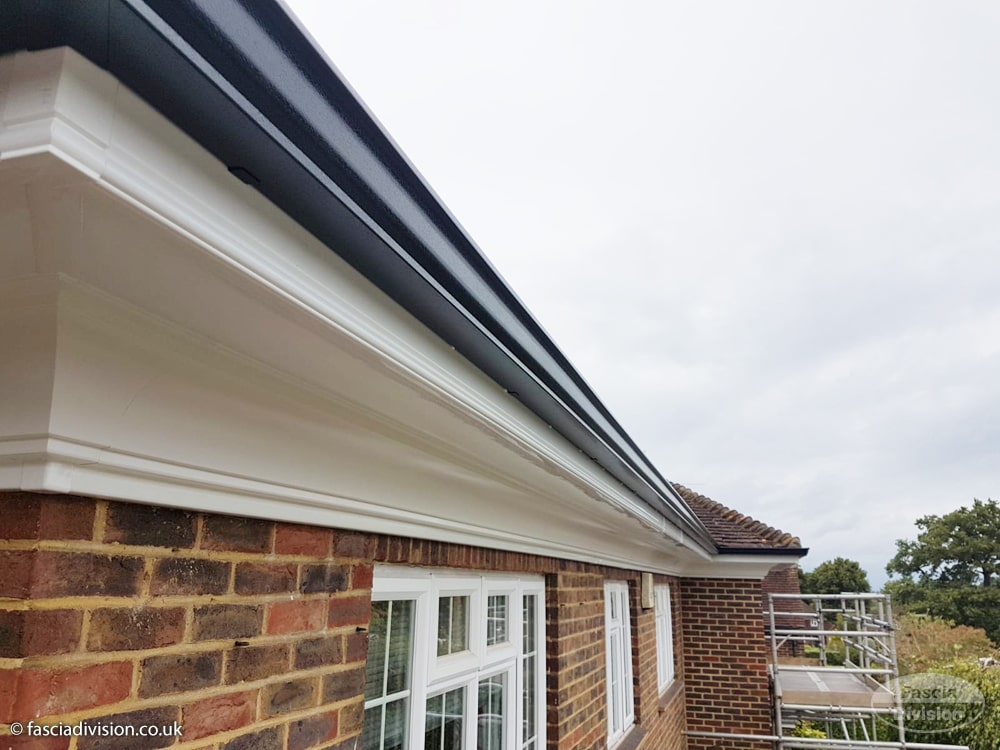fascia-installation1392
fascia-installation1392
Which Website To Research Fascias Online
Understanding Wooden Fascias: An Informative Guide
Wooden fascias are an integral part of a building’s exterior, playing both a functional and visual function. This short article will supply a detailed overview of wooden fascias, exploring their function, types, benefits, installation processes, and maintenance tips. It will likewise attend to a few of the commonly asked questions surrounding this vital architectural component.
What Are Wooden Fascias?
Fascia boards are flat boards that are generally set up at the edge of the roofline, acting as an important component of the overall roof. Most of the times, they are positioned horizontally and operate as a supporting aspect for the roof. Wooden fascias are specifically made from numerous types of wood and can be visually appealing, improving the architectural character of a building.
Functionality of Wooden Fascias
These boards serve several functions:
-
Protection: Wooden fascias secure the underlying structure from water, pests, and other environmental components. They act as a barrier to avoid wetness from going into the roofing system area.
-
Support: They provide a continuous surface to connect gutter systems, aiding in water drain far from the building.
-
Visual Appeal: A decorative fascia includes visual worth to a home, providing it a polished and finished appearance.
Kinds Of Wooden Fascias
Different kinds of wooden fascias cater to differing aesthetic desires and practical requirements. Here are some typical types:
| Type of Fascia | Description |
|---|---|
| Solid Wood Fascias | Made from high-quality timber, providing sturdiness and beauty. |
| Engineered Wood Fascias | Composed of compressed wood fibers, they can imitate the look of natural wood while offering boosted durability. |
| Dealt With Wood Fascias | Wood that has actually been chemically dealt with to withstand rot and pest damage, guaranteeing a longer life period. |
| Composite Fascias | Made from a mix of wood and artificial materials, offering low maintenance while keeping a wooden look. |
Advantages of Wooden Fascias
-
Aesthetic Versatility: Wooden fascias can be stained or painted in different colors, making sure that they match or boost the look of a home.
-
Natural Insulation: Wood has insulating properties, contributing to energy effectiveness in residential structures.
-
Eco-Friendliness: If sourced from sustainably managed forests, wooden fascias can be an ecologically friendly structure product.
-
Personalization: They can be quickly shaped and customized to fit unique style requirements.
-
Repairability: Unlike some materials, wood can be sanded, stained, or painted, making it simpler to repair minor damages.
Installation Process for Wooden Fascias
Proper installation of wooden fascias is important to make sure resilience and effectiveness. Below are the general actions involved in installing wooden fascias:
-
Preparation: Remove any old Fascia and soffit services boards and inspect the hidden structure for indications of damage.
-
Measuring and Cutting: Measure the length of the location where the fascia will be installed and cut the wooden boards accordingly.
-
Priming and Painting: It is advisable to prime and paint the fascias before installation to prevent moisture damage.
-
Attaching: Secure the fascia boards to the underlying structure utilizing nails or screws, guaranteeing they are level and straight.
-
Sealing and Finishing: Finish the edges with caulking to seal any gaps and secure versus water ingress.
-
Installing Gutters (if relevant): Once the fascias remain in place, install the gutter system, ensuring it is adequately sloped for drainage.
Maintenance of Wooden Fascias
To prolong the life expectancy and keep the visual appeal of wooden fascias, routine maintenance is fundamental. Here are some maintenance suggestions:
-
Regular Inspection: Check for indications of rot, moisture damage, or insect problems. Check the fascias at least as soon as a year.
-
Cleaning up: Clean the fascias regularly to remove dirt, mold, and mildew. Utilize a soft fabric and prevent abrasive products that might scratch the surface area.
-
Repainting and Sealing: Over time, the paint or sealant may disappear. Repaint every few years to keep protection versus wetness.
-
Address Damages Promptly: If damage happens, address it instantly to decrease repair expenses and structural damage.
FAQs About Wooden Fascias
1. What is the best kind of wood for fascias?
Cedar and pine are popular choices due to their resilience and accessibility. Cedar is naturally resistant to rot, while dealt with pine is affordable and long lasting.
2. How typically should wooden fascias be painted?
It is advisable to repaint wooden fascias every 5 to 7 years, depending upon the climate and exposure to the components.
3. Can I install wooden fascias myself?
While DIY installation is possible, employing a professional ensures that the installation is done properly, lowering the possibility of future repairs.
4. Do wooden fascias require insulation?
While wooden fascias can supply some insulation, they are typically not used as primary insulation materials for roofing systems.
5. What concerns occur from improperly kept fascias?
Poor maintenance can result in moisture accumulation, which might cause rot, attracting insects, and eventually leading to structural damage.
Wooden fascias are a vital element of any building’s roofing system, combining performance with aesthetic appeal. Understanding the various types, benefits, installation processes, and maintenance practices can help property owners and contractors make notified decisions. By choosing the best kind of fascias and taking care of them properly, one can make sure that their wooden fascias enhance and protect their home for several years to come.





